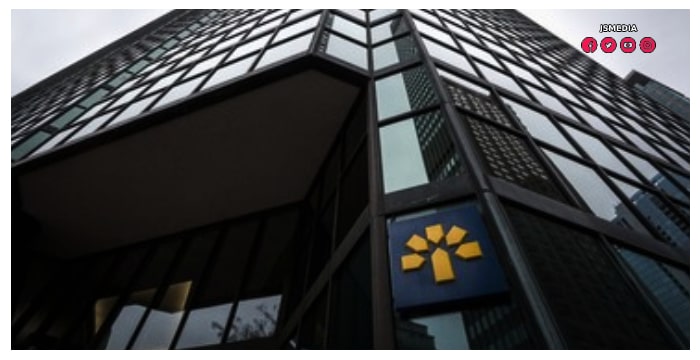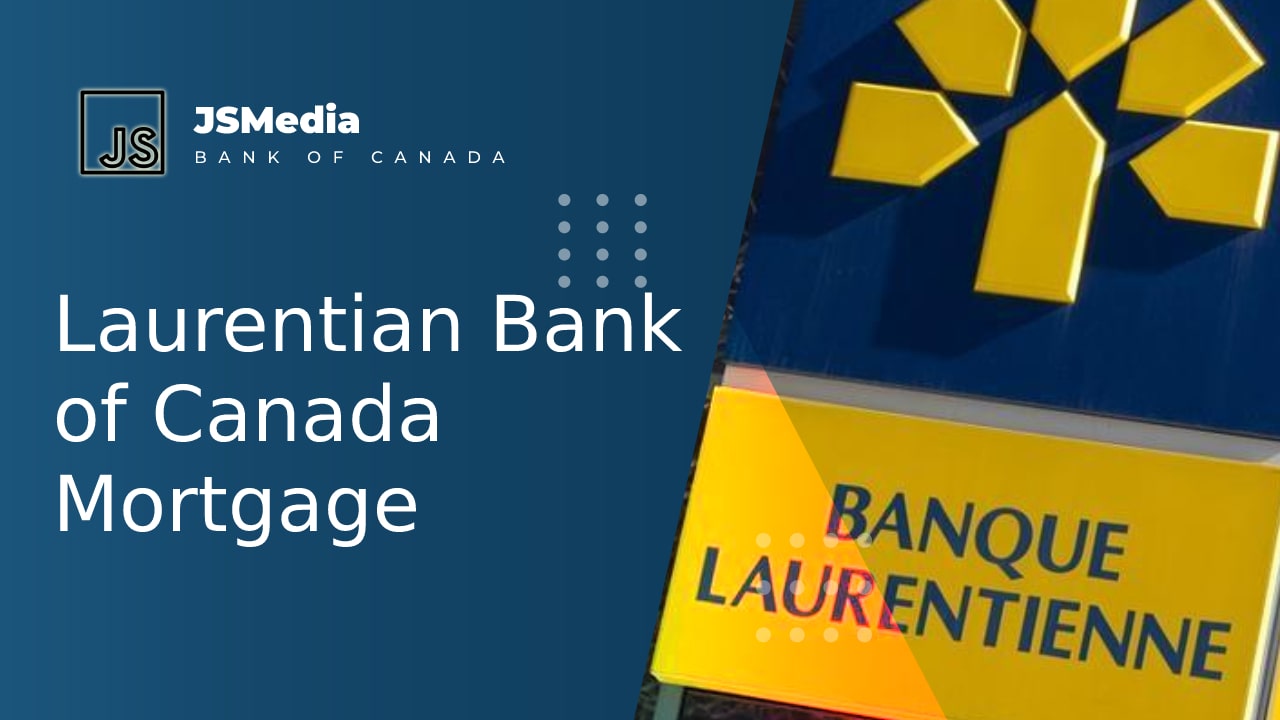JSMedia – Laurentian Bank of Canada is a Schedule 1 bank, operating primarily in the province of Quebec. However, it also has commercial banking offices in British Columbia, Alberta, and Nova Scotia.
The lender has Institution Number 039 and is a member of the Canadian Credit Union Association. This article provides information about the bank’s business operations, including its branches, and contact information. Read on to learn about its banking services and more.
The Bank is a leading provider of financial services to both small and medium enterprises in the Quebec City region of Canada. It provides retail and personal banking services. These include loans, mortgages, lines of credit, and transaction support. In addition, it also provides mutual funds and investment products. It is a member of the Canadian Banking Association and a Canadian FDIC-insured bank. It is a member of the Canadian National Association of Independent Financial Advisors (CANFIS).
Laurentian Bank of Canada Mortgage

The Bank’s commercial banking division has become its main source of growth. It continues to generate double-digit loan growth in both Canada and the U.S., and is now a significant portion of the bank’s overall business mix. In 2016, Laurentian Bank acquired two large regional banking companies, CIT Canada and Northpoint Commercial Finance. In the coming years, it plans to expand into new focus industries and roll out new products and services that will deepen its client relationships.
The Laurentian Bank of Canada was established in 1846 and now has a presence in five provinces across the country. It offers personal loans, credit cards, and non-bank inventory finance. Its subsidiaries also offer integrated brokerage services. Its Securities division has over 40 branches across Canada. There are currently four major subsidiaries that make up Laurentian Bank. The main ones are: CBC, and TD. The company employs around 2,900 people, and has over sixty retail branches. The other two are Northpoint Commercial Finance, a non-bank mortgage lending organization.
In addition to its core business, the Bank of Montreal’s credit rating is stable. It has a diversified funding strategy, a good track record, and strong credit quality. The financial roadmap for the Bank of Montreal allows for increased profitability and revenue growth based on sound business strategies. It has an excess capital level of $300 million, making it highly attractive for potential investors. In addition, the financial forecast for this institution’s future is very promising.
The Bank’s financial results for the third quarter of FY2021 were strong, with adjusted pre-tax provision income of CAD318.9 million. The fourth quarter’s consolidated income was CAD86.3 million. This was 18% higher than the same period a year earlier. The strong performance of the commercial banking division and loan growth in inventory and real estate financing contributed to the bank’s strong financial position.
The Bank’s non-interest expenses also increased. These expenses were mainly related to restructuring and impairment charges. The merged entity became the Hongkong Bank of Canada in 1998. In the fourth quarter, the National Westminster had acquired the Newfoundland Savings Bank. In the same quarter, it merged with the Ontario Bank. The remaining four banks merged with the Bank of Montreal. The three largest Canadian banks, the Royal and the Standard and Sterling Bank of Canada, were acquired by the former.
The LB’s PB Ratio is lower than that of the CA Banks industry. The LB’s earnings are projected to increase much faster than the Canadian market, but the growth is slower than the average for CA banks. Its profits are expected to increase a considerable amount in the next three years. The bank is considered to be a strong long-term investment with low risk. The PB Ratio is the key determinant of a company’s overall financial health.
Sun Life Trust Company was first chartered in 1996. The Sun Life Trust Company acquired the assets of Standard Trust in 1988. In the same year, it merged with the Eaton Trust Company. In 1991, it acquired La Financiere Cooperants Prets-Epargne Inc., while the Guardian and General Trust Corporation were merged. In 1993, the Banc of Canada’s brokerage firm, BLC Rousseau, a Canadian bank, acquired these firms.

